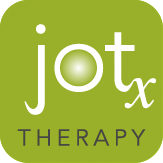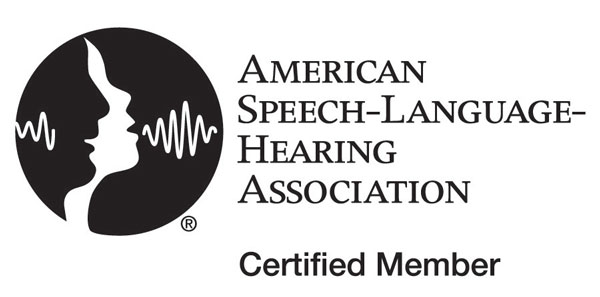Most US therapists who have worked in a medical setting have been schooled on “the eight minute rule.” This may not be common knowledge to therapists that work in school settings or therapists that have recently transitioned into private practice. And it doesn’t necessarily get taught to graduate students either. So what is the eight minute rule?
For speech therapy, most codes are service based codes. That means that regardless of how much time you spend on the service, the reimbursement rate is the same. The 15 minute (92507) speech treatment session and the 60 minute session are reimbursed at the same rate, 1 unit of speech therapy.
Other codes are time based codes. The most common time based code that speech therapists use is for (97532) cognitive treatment. Time based codes are billed by units of time. The reimbursement rate per unit for these codes is less than for service based codes. This is the formula established by CMS (Center for Medicare Services) for calculating the number of treatment units provided
1 unit: 8 minutes to < 23 minutes
2 units: 23 minutes to < 38 minutes
3 units: 38 minutes to < 53 minutes
4 units: 53 minutes to < 68 minutes
5 units: 68 minutes to < 83 minutes
6 units: 83 minutes to < 98 minutes
In short, if you spend less than 8 minutes with a client, it is not a billable therapy session. And if you spend 52 minutes with an individual, you can only bill for 3 units of time with them. Knowing these rules can help you manage your sessions well.
ASHA has a great webpage with more information on time based codes and clarification of how the rules can be applied. http://www.asha.org/practice/reimbursement/coding/TimedCodesFAQs.htm




